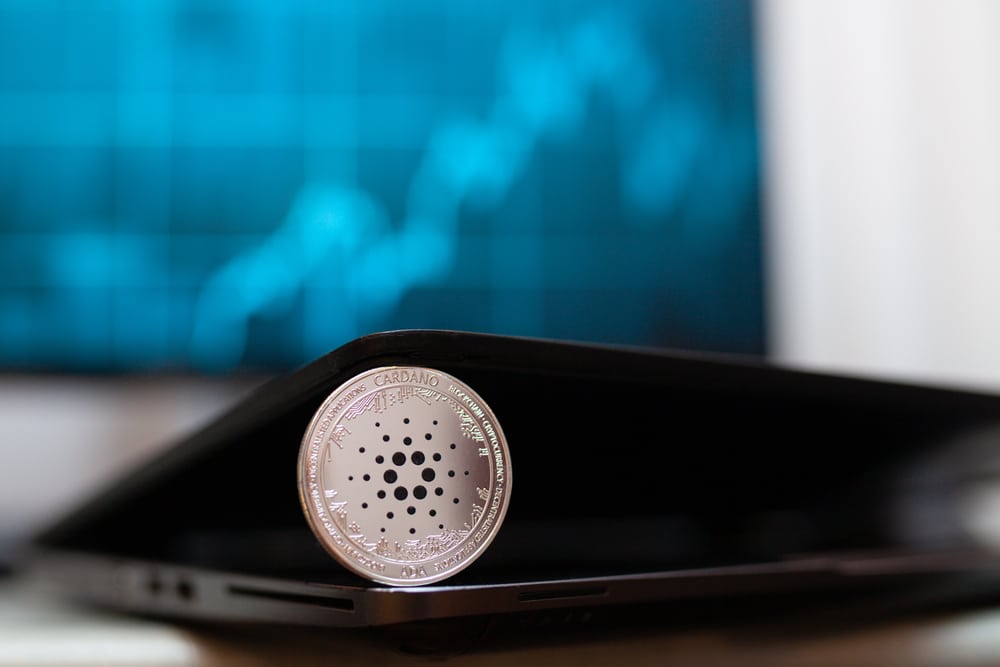Cardano is a blockchain that is based on the proof-of-stake algorithm that is often compared to Ethereum’s blockchain technology due to its great security level and unmatched technology and sustainability. Cardano was created in the year 2015 by Charles Hoskinson, one of the co-founders of Ethereum. Cardano is built to be more efficient and secure than Ethereum, and its team is experienced in blockchain development.
Like Ethereum, the blockchain of Cardano also lets users earn rewards for staking its native cryptocurrency, called ADA. This is done by locking up ADA in a staking contract and then earning rewards based on the amount of ADA that is staked.
With Cardano, you can join a pool of other users to stake your tokens or run your own pool and share the rewards. This allows users to gain an economic stake in the Cardano network and helps to secure the network. This makes it easy to get involved in the network, plus you can benefit from the collective wisdom of the pool operators.
A staking pool is a group of people who agree to stake Cardano ( ADA ) tokens together in order to earn rewards. Pool operators typically have technical experience and the necessary hardware to stake ADA tokens effectively. Anyone can have the chance to be a pool operator, though.
Not only can users choose which pool to join, but they also have complete autonomy to make this decision based on the size of the pool, past performance, and uptime. Cardano uses epochs to specify when network events can occur, such as the distribution of incentives or assignments of validator transactions. This makes it easier to keep track of important events and make sure they happen at the right time.
Those who want to take part in staking will delegate their coins to a pool, which allows them to unstake and restake them multiple times with a variety of pools, given that the current epoch is awaited to pass before they relocate their assets.
Steps involved in Cardano (ADA) staking
There exist different ways of staking Cardano (ADA). Some of them are listed below.
- Stake ADA through an exchange
First, you need to select an exchange that supports Cardano staking. Some popular options include Binance, Kraken, and Coinbase. Once you have chosen an exchange, you must create an account if you don’t already have one.
You will usually be asked to give some personal information and to complete some verification steps. To stake Cardano, you will need to have ADA in your exchange account. You can usually fund your account with a variety of cryptocurrencies or fiat currencies.
Then look for the staking section on the platform. This may be located under a “staking” or “earn” tab. Once you are in the staking section, select Cardano (ADA) as the digital currency you wish to stake.
- Stake ADA through SOPs
By staking ADA with independent staking pool operators, the decentralization of the ecosystem of the Cardano can be maintained, and the benefits like direct control of your funds, as well as full independence, can be gained.
To stake your ADA, you need to hold your ADA in a compatible wallet that supports staking. There are many wallets that support staking Cardano, including Yoroi and Daedalus. Once you have your ADA in a staking wallet, you can delegate your stake to an SPO of your choice.
To choose an SPO, you should consider factors such as the pool’s fees, performance, and reputation. You can find a list of SPOs and their performance statistics.
Once you have chosen an SPO, you can delegate your ADA to the pool using your staking wallet. You will then start earning rewards on your staked ADA, which will be automatically deposited into your staking wallet.
Conclusion
Cardano is designed to be a more secure and scalable blockchain platform, with a focus on providing a sustainable and inclusive financial system.

